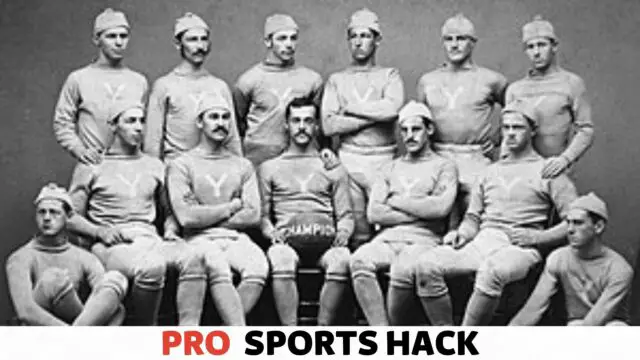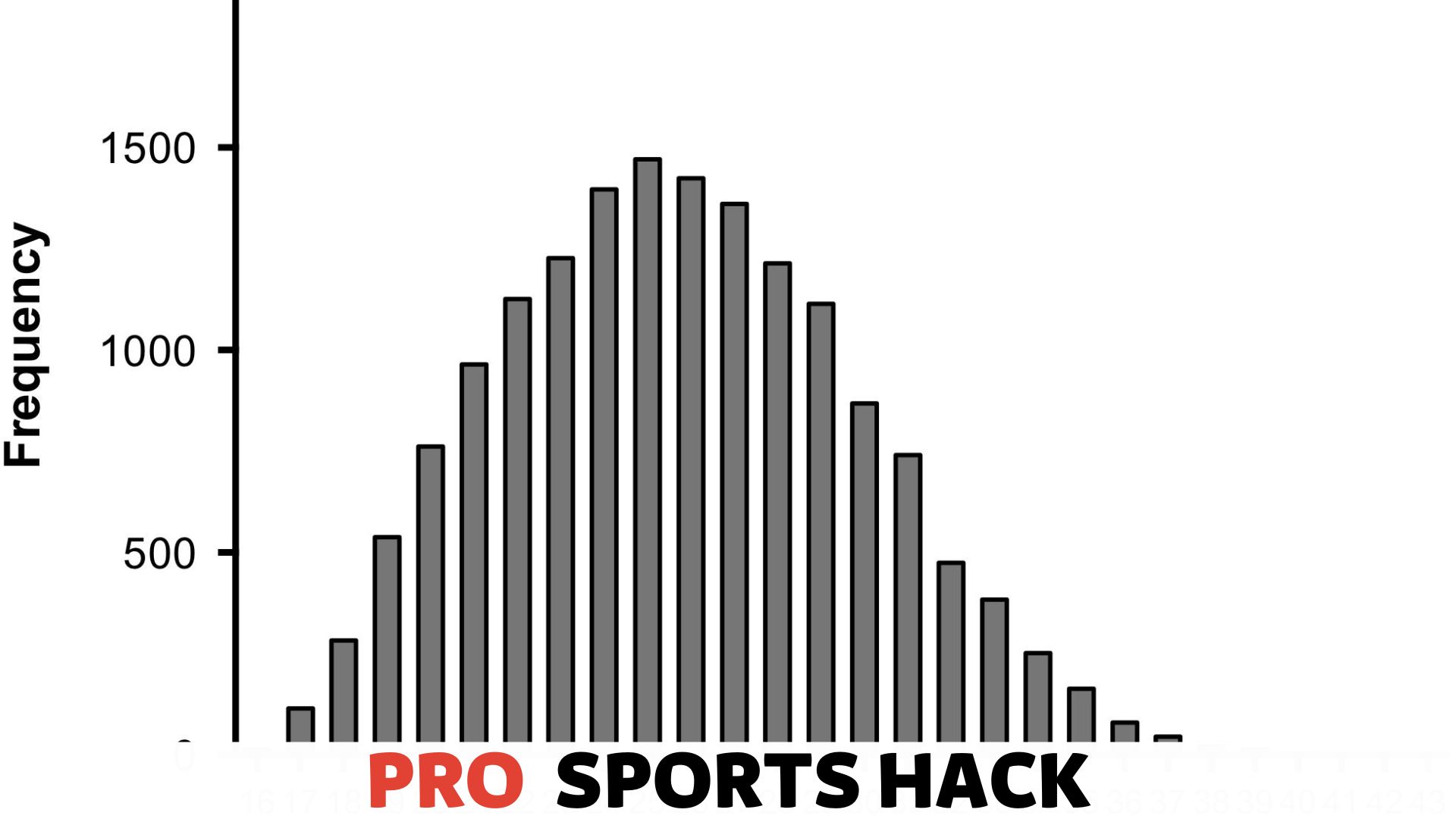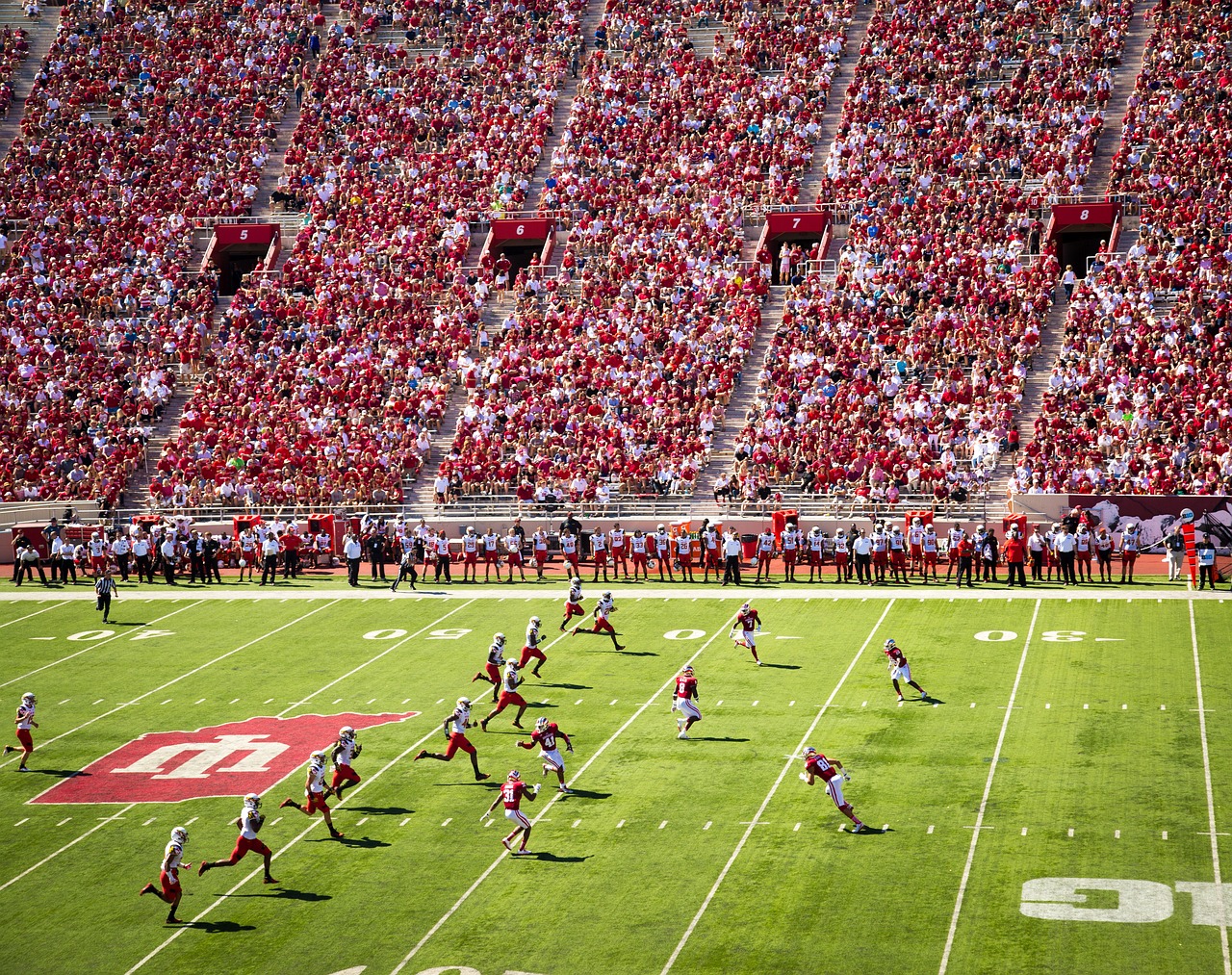
Football started around the mid-19th century and has since evolved into one of the most popular sports worldwide. Since its inception, football has captured the hearts and minds of millions, becoming a symbol of unity, competition, and passion.
From local neighborhood games to international tournaments, the beautiful game has created a legacy that continues to thrive.
We will delve into the origins of football, exploring its transformation and significant milestones throughout history.
Join us as we discover the rich heritage of this beloved sport and the impact it has had on cultures across the globe.
Let us dive into the fascinating world of football and uncover its journey from its humble beginnings to its current status as a global phenomenon.
Early Origins of Football
In the fascinating world of sports, football has emerged as a phenomenon that transcends boundaries and unites people from all walks of life. But have you ever wondered how this beloved sport came into existence?
Traceable back to ancient civilizations, the early origins of football reveal an intriguing journey that spans cultures and civilizations.
Ancient Ball Games
Ancient cultures across the globe engaged in various ball games that resembled modern-day football.
These ball games were deeply rooted in religious rituals, entertainment, and military training.
Let’s explore a few ancient civilizations and their contributions:
| Ancient Civilization | Contribution to Football |
|---|---|
| Ancient China | During the Han Dynasty, a game called “Cuju” was played, involving kicking a leather ball through a net. |
| Ancient Greece | The ” Episkyros ” game involved two teams trying to throw a ball over a designated line. They also had “Harpastum,” a more vigorous game played with a smaller ball. |
| Ancient Rome | A game named “Harpastum” resembled the Greek counterpart and involved tackling opponents to gain control of the ball. |
Evolution of Football in Different Cultures
As civilization progressed, football continued to evolve in different cultures around the world, adapting to the unique characteristics and customs of each society:
- Medieval Europe: In medieval Europe, various versions of mob football emerged, which involved entire villages participating in chaotic matches. It served as a release from the daily hardships of life.
- Indigenous Cultures: Native American tribes, such as the Cherokees and the Choctaws, played “Stickball,” which shared similarities with football. It was played on open fields and often served to resolve conflicts.
- Modernization in England: In the early 19th century, football underwent a significant transformation in England. Forming official rules and establishing football clubs laid the groundwork for today’s modern game.
From ancient ball games to the present-day global phenomenon, the evolution of football has captivated the hearts and minds of millions.
Understanding its early origins helps us appreciate this sport’s rich heritage and cultural diversity.
The Birth of Modern Football
The history of football dates back centuries, but it was during the 19th century that the game we know today as football started to take shape.
This period saw significant developments that laid the foundation for the modern version of the sport.
From the establishment of public schools to the creation of organized governing bodies, the birth of modern football revolutionized the way the game was played and organized.
19th Century Public Schools
One of the key factors in the birth of modern football was the emergence of public schools as breeding grounds for the game. During the 19th century, these schools were pivotal in popularizing and codifying the sport.
In these institutions, young boys engaged in various forms of football, each with its own rules and variations. This diversity laid the groundwork for the standardization of the game that would come later.
Establishment of the Football Association
In 1863, a momentous event took place that would forever change the course of football: the establishment of the Football Association (FA).
This pioneering organization created a unified set of rules to govern the game and resolve the inconsistencies and disputes that arose from the different variations played in public schools.
The FA’s founding meeting, held at the Freemasons’ Tavern in London, marked a significant milestone in the history of football. Representatives from twelve clubs came together to form the association and establish the game’s rules.
This event marked the birth of modern football as we know it today.
Standardization and Growth
With the establishment of the Football Association, the game began to undergo a standardization process. The rules set forth by the FA became widely adopted, leading to greater consistency and a more defined structure within the sport.
As a result, football began to gain popularity not only within public schools but also among other social classes and communities.
The growth of football during this period was remarkable. It quickly spread across the United Kingdom, and by the end of the 19th century, it had started to make its mark on the global stage.
International matches were organized, and the sport’s influence continued to expand.
| Key Developments | Year |
|---|---|
| The first FA Cup | 1871 |
| The introduction of referees | 1878 |
| The International Football Association Board (IFAB) established | 1886 |
| The first official international match | 1872 |
These key developments contributed to the growth and evolution of modern football.
Establishing the FA and the standardization of rules paved the way for future developments in tactics, strategies, and international competitions.
Today, we can trace the roots of the beautiful game back to this remarkable period in history.
The birth of modern football laid the foundation for what has become the most popular sport in the world, captivating millions of fans and players alike.
International Spread of the Game
The history of football is a captivating tale that spans across continents, cultures, and centuries. The international spread of the game has been a remarkable journey, influencing societies, igniting passions, and uniting people worldwide.
Football’s Global Expansion
The evolution of football into a global phenomenon is an extraordinary narrative of cultural exchange and sporting enthusiasm.
From its origins in England to its expansion across Europe, South America, and beyond, football has transcended borders and united people in a shared love for the beautiful game.
The global reach of football has not only shaped the world of sports but also contributed to the cultural, social, and economic fabric of numerous nations.
Influence of International Competitions
International competitions, such as the FIFA World Cup and the UEFA Champions League, have played a pivotal role in amplifying the global appeal of football.
These prestigious tournaments have provided a platform for players to showcase their skills on an international stage, captivating audiences and sparking a wave of enthusiasm for the sport.
The influence of these competitions extends beyond the field, fostering a sense of camaraderie and sportsmanship among nations and captivating the hearts and minds of football fans worldwide.
Evolution of Football Rules and Regulations
In the fascinating football journey, the rules and regulations have evolved significantly.
From its humble beginnings as a casual pastime to becoming one of the most popular sports in the world, football has continuously adapted its rules to ensure fair play, safety, and a thrilling experience for players and spectators.
Let’s explore the notable stages in the evolution of football rules and regulations.
Creation of Standardized Rules
The early forms of football lacked clear and standardized rules, with variations existing across different regions. As the sport gained popularity and began to be played in organized settings, a need for uniformity emerged.
This established the first set of standardized rules in the mid-19th century.
The primary catalyst for this transformation was the formation of the Football Association (FA) in England in 1863.
The FA created a set of guidelines that would govern the game and provide a level playing field for all teams involved.
These early rules laid the foundation for the game we know today, with provisions such as the use of a spherical ball, outlawing dangerous tactics, and the prohibition of handling the ball.
Impact of Rule Changes on the Game
Over the years, football has witnessed various rule changes that have shaped the game’s dynamics.
Each modification has profoundly impacted players’ strategies, gameplay, and, ultimately, the overall experience for fans.
Let’s take a look at some pivotal rule changes that have transformed football.
Introduction of the Offside Rule
One of football’s most significant rule changes was implementing the offside rule. Initially, there were no restrictions on players’ positioning relative to the opponent’s goal.
This led to situations where attackers would camp near the goal, waiting for the ball to be delivered to them. To promote fair play and increase competitiveness, the offside rule was introduced in 1866.
The offside rule states that a player is considered offside if they are nearer to the opponent’s goal than both the ball and the second-to-last defender when the ball is played to them.
This rule introduced a new level of strategic gameplay, forcing attackers to time their runs carefully and encouraging the development of creative team tactics.
Introduction of Substitutions
Another notable rule change in football was the introduction of substitutions.
Initially, once a player left the field, they were not allowed to return, often leaving teams at a significant disadvantage in the event of an injury or fatigue.
To address this issue, substitutions were permitted in 1958, allowing teams to replace players during a match.
This rule change added a new dimension to the game, enabling teams to modify their tactics, adapt to changing circumstances, and inject fresh energy into the match.
It also increased player welfare, as players could be replaced when injured or exhausted, reducing the risk of further harm.
These are just a few examples of how rule changes have shaped football throughout history.
From the creation of standardized rules to the introduction of offside and substitutions, the evolution of football rules and regulations continues to play a vital role in the development and excitement of the beautiful game.
Introduction of Professional Football
Professional football has become a global phenomenon, captivating millions of fans worldwide. But have you ever wondered how it all began?
The introduction of professional football was a pivotal moment that transformed the sport into what we know and love today.
Rise of Football Clubs
The rise of football clubs in the late 19th century played a significant role in the professionalization of football. Initially, football was mainly played by amateur teams consisting of workers or students.
However, as the sport’s popularity grew, clubs began to form, attracting skilled players and dedicated supporters.
These clubs provided a platform for competitive matches and served as a means for players to earn a living from the sport they loved.
The establishment of football clubs laid the foundation for the transition from amateur to professional football.
Commercialization of the Sport
As football gained more attention, its commercial potential became apparent. The commercialization of the sport played a crucial role in shaping professional football.
Companies recognized the value of associating their brands with the sport and began sponsoring teams and events.
This influx of financial support allowed football clubs to invest in infrastructure, training facilities, and player salaries.
It also paved the way for creating national and international competitions, attracting even larger audiences and generating substantial revenue.
| Benefits of the Commercialization: |
|---|
| Increased exposure and popularity |
| Higher-quality stadiums and facilities |
| Improved training and development programs |
| Greater financial opportunities for players and teams |
With the commercialization of football, the sport became a form of entertainment and a thriving industry. The combination of passionate fans and lucrative business opportunities propelled professional football to new heights.
Conclusion
In the grand scheme of history, football has a rich and diverse heritage that has evolved over centuries. From its humble beginnings to global prominence, the game has woven its way into the fabric of society worldwide.
As we reflect on the origins of football, we gain a deeper appreciation for the timeless appeal and unifying power of the beautiful game.




![Cat in the Chrysalis Spoiler: All You Need To Know [Updated] Cat in the Chrysalis Spoiler](https://prosportshack.com/wp-content/uploads/2024/02/Cat-in-the-Chrysalis-Spoiler-100x75.jpg)














